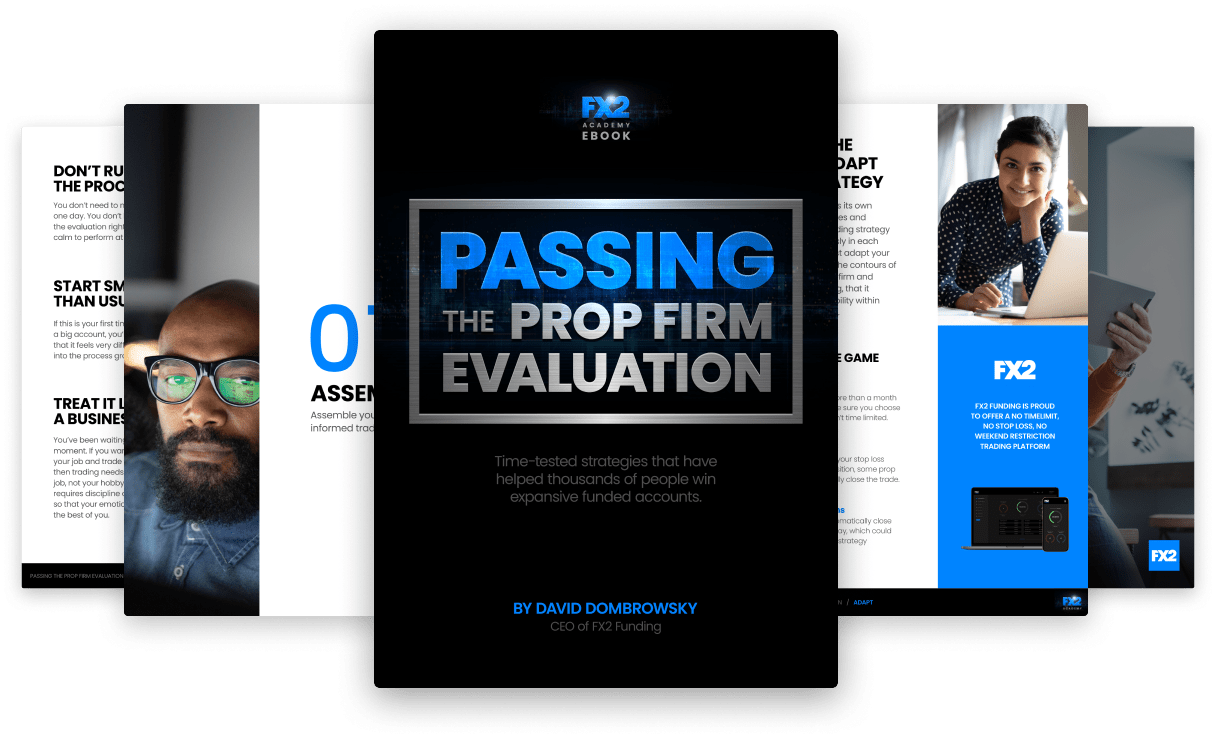Read about using fractal indicator in trading. Our experts explained a possible fractal trading strategy for your best outcomes. Learn how to trade with fractals on the Index Fundings Blog.
What is range trading, and how do you identify these ranges? Which range trading strategy is the best to choose? Find answers to these questions on the Index Fundings Blog.
Vertical price movement between support floors and resistance ceilings is called a range. Price support is offered at the bottom and resistance at the top of the trend. While you may use this trading method alone, it's better to complement it with other strategies. These include following trends or an opening range breakout strategy.
You can apply the idea of trading within a narrow range to various markets, including stocks, Forex, and crypto. This means buying when an asset is oversold and selling when it's overbought. Horizontal consolidation provides numerous breakthrough trade opportunities to buy near resistance and sell next to support levels.
Since markets usually trend 20% of the time, some counter-trend actions and retracements result in a directionless nature of transitioning. Once you've learned how to trade ranges, you can develop an effective strategy usable with any asset in various market conditions.
A range-bound market has prices bouncing between specific highs and lows, acting as major resistance and support levels where prices can't break above or below. It's a movement described as horizontal, sideways, or ranging, but it's also termed choppy, which is the opposite of trending.
Since there is no clear price direction, seeing as they chop either up or down, trades are only possible within narrow ranges. As such, range trading is seen in all timeframes, similar to following trends, whether long or short-term. Once you’ve spotted how to identify the range, you can go with the overall trend direction, buy dips or sell when the price rallies.
Source: https://www.school.stockcharts.com/doku.php?id=chart_analysis:chart_patterns:price_channel_continuation
In the absence of a trend, you can use range trading as a technique to trade range-bound markets that lack clear direction or look for range breakouts on the back of strong momentum. That requires you to time your entry with overbought and oversold indicators, which identify clues that your support and resistance levels will hold.
Like other strategies, range trading requires correct execution, which you'll only achieve if you practice attention to detail and identify market conditions. Using various technical analysis approaches, look for instruments with lower volatility since these indicate less turmoil and suitability for range-bound trading.
To avoid false breaks or bounces, adopt various triggers and trade filters to enter and exit a range, together with whichever range-bound strategy you use. Such technical tools include moving averages, oscillators, Bollinger bands, and others, applied to typical trading scenarios that have:
The price moves sideways between upper resistance and lower support levels, roughly horizontally in a rectangular range. While these ranges aren't as common as continuations or channels, they occur at any-time scale, and you can spot them visually or with an indicator.
Using Forex trading Indicators, you'll chart your support and resistance levels to indicate a signal line that crosses downwards to sell or upwards to buy.
Source: https://www.ifcmarkets.com/en/forex-trading-strategies/range-trading-strategy
While there are specialized tools for automated range trading, an Average True Range or ATR, standard moving averages, and a Relative Strength Index or RSI are helpful.
Another common pattern in Forex range trading is the diagonal or price channel range, where the price ascends or descends within sloping trend channels. It can be rectangular, it can also be broader or narrower and sometimes extend into long periods, even years.
These are trends, but most short-duration trading opportunities happen within ranges developing in a trend, and as such, you can trade channels with a breakout or trend-following strategy. If these form against the main trend, they're referred to as continuation patterns, including wedges, pennants, and flags.
Breakouts tend to happen in the opposite direction from channel ranges, especially the short-duration ones, with the most likely break in an upward-sloping range to the downside. As a useful technical analysis rule of thumb, and while it's not a guarantee, downward-sloping range channels are likely to break on the upside.
Source: https://forexop.com/learning/range-trading-basics/
False breakouts will also happen due to various triggers, including news releases resulting from program trades, when an automated system enters its response to a data release. The move fades since the markets have already absorbed and registered reactions to the news, and a consensus view reestablishes as the price reverts to its original level.
Chart patterns within a range are called continuous ranges, including pennants, wedges, triangles, and flags. While marking a correction against predominant trends, these ranges can generate bullish or bearish signals, occurring at any time scale.
You can trade a continuous range in its own right or as a breakout, depending on your time frame. But since these patterns produce robust bearish and bullish breakouts, traders prefer to trade them as breakouts. Especially when the prevailing trend resumes.
For some ranges, the pattern isn't obvious in formations where price movement centers on a central pivot line. That forms support and resistance lines around it. Moving averages and trend line analyzers mark these ranges. Identifying where the lines are so you can trade toward the pivot line and not its extremes.
Source: valutrades.com/en/blog/range-trading-a-simple-forex-strategy-explained
To trade out price extremes in the hope it'll revert to a mean, use smaller profit targets. Capture movement that pushes towards the central pivot line. The strategy offers the chance of a breakout or stop-loss partial. Reducing risks with the assumption that the price will turn in your favor.
In most cases, price movement in a range will deviate towards a center line. You can set your entry and profit targets away from the extremities to guarantee returns. While the number of tradeable opportunities increases, the downside is that it reduces potential profits per trade.
Trading a range requires waiting for a price reversal at or near the range's boundary wall. You'll spot consolidation beforehand before reversals happen. Prices often turn before your support resistance levels. If you confirm the move with a candlestick pattern marking the direction towards the center of a range.
The best range trading strategy is to set your take profit to not more than two-thirds of the range's span. And your stop loss well clear of the boundary to account for false breaks. If you spot setups that appear too obvious, beware that a breakout may happen soon. So try not to chase the price, or they'll take your profit.

Read about using fractal indicator in trading. Our experts explained a possible fractal trading strategy for your best outcomes. Learn how to trade with fractals on the Index Fundings Blog.
Are you thinking about using the breakout strategy? Check out tips on breakouts trading from our experts on Index Fundings Blog. Read about false breakouts and build your winning strategy.
Read about news impact on Forex. How to understand forex news? Explore how to trade the news in Forex market: trading strategy from our experts on the Index Fundings Blog.
What is a stop-loss and how to use it? How to determine stop-loss and where to set it? Difference between the stop loss and stop limit on the Index Fundings Blog.
Read about emotions in trading and check out how can you master your trading psychology. Build your trading confidence with our tips on trading psychology.
Check out the best indicators for swing trading in our article and trade with maximum profits. Top technical indicators for swing trading on the Index Fundings Blog.
Indicators and tools that forex traders use to identify the direction of the trend. Read how to determine whether a currency pair is in a trending market on the Index Fundings Blog.
Day trading with $1000: how to start day trading with 1000 dollars, tips on how not to lose, and how much can you make. Strategy for small day traders on the Index Fundings Blog.
How to be a successful scalper? Check out our scalping tips and techniques. Read our Do's and Dont's and scalp successfully with Index Fundings.
What is order flow? How to read and use order flow in trading? Order flow charts and indicators. Explore order flow trading strategy from Index Fundings experts.

Notifications